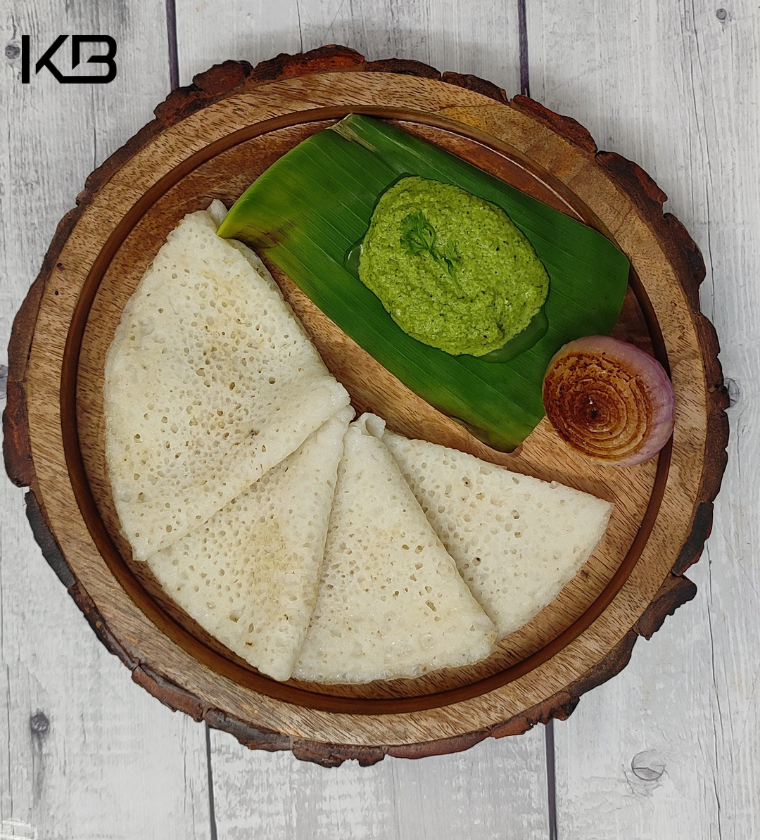
Malvani Ghavane: A Delicious Dive into Coastal Indian Cuisine
One of the most treasured recipes in Malvani cuisine is Ghavan. When we think about Malvani cuisine, this recipe is among the first few that come to mind. It is the finest illustration of Malvani cuisine's minimalist approach. Despite using simple ingredients, it boasts a rich taste and appearance. Ghavan is an essential component of Malvani cuisine. Locally, we refer to it as "Ghavan" or "Ghavano" when it is single, and "Ghavane" when it is several. So if you want to taste the Malvani Traditional Food then you must try Ghavan. It is Vegetarian and Gluten Free as well.
To make Ghavan, you'll need a few basic ingredients: whole Rice or Rice flour, water to keep the batter consistent, salt to taste, and oil to grease the pan. Here we will be making with whole Rice.
The approach, technique, and texture set us Ghavan apart, even with the basic gradients. Typically, Ghavan is usually cooked on one side. The Ghavan must be cooked for two minutes after the batter has been placed into the cast iron pan and covered with a lid. The heated pan will cook the bottom surface, while the vapors will cook the top. The top part of Ghavan is softened by vapors. When rice is steam-cooked, it tends to get mushy. The watery batter has a reticulated texture and is extremely thin, resembling crepe.
The primary distinction between Ghavan and Neer Dosa is that Neer Dosa uses a fresh, grated coconut as an additional ingredient when grinding the soaked rice. As a result, the Neer Dosa is slightly sweeter and whiter than the Ghavan. The freshly grated coconut is what gives it its sweetness and color. Otherwise, the texture is the same. Neer dosa and Ghavan can both be consumed with sweet coconut milk. In contrast to neer dosa, another version of Ghavan incorporates coconut milk into the batter, but we often do it after the rice has been ground.
The Ghavan is traditionally prepared on a Bidacha tawa, a cast iron pan with a distinctive form. Although the newest non-stick cookware is available,
There are numerous health and environmental advantages to utilizing a cast iron pan.
It is environmentally friendly and can be used for decades after purchase. We have been using one at my house for more than fifty years. You don't have to keep investing the money because it doesn't need to be replaced at regular intervals.
Cast iron pans develop a natural non-stick surface over time.
Cast iron cooking can help you reach your dietary iron requirements by adding trace amounts of iron to your food. It retains heat efficiently and disperses it evenly across the pan's surface.
Cooking at lower temperatures can help you save money on energy bills because cast iron pans hold heat efficiently.
Cast iron pans have the disadvantage of being heavy and brittle, which makes them easily broken if dropped from a height.
The precise ratio of rice to water is one cup of rice to two and a half cups of water. Ghavan typically cracks when the batter is excessively thick. Less water will result in a thick batter that becomes dry and cracks when it pours onto the pan. It tastes dry as well.
Ghavan also cracks when it becomes more crispy.
We can add Rice flour, Ragi flour, or Rawa if the Ghavan batter gets thinner or more aqueous. If the batter becomes runny, Ghavan may become sticky, preventing us from achieving the net-like structure. Proceed to gradually add the flour, one step at a time.
To keep the batter from becoming too thin, we must add water two times first, followed by the remaining water.
Here are some suggestions that may be of relevance to you:-
Chay - Ghavne and Chay (tea) make the most incredible combo. My favorite combination is this one. This combination is my preferred choice for a Sunday morning breakfast. Since milk and salt are the opposing foods according to Ayurvedic eating practices, I avoid adding salt to Ghavan when I eat it with Chay.
Coconut Chutney - Since coconut acts as a counterbalance to rice meals, any food that contains coconut is the perfect match for Ghavan. Various forms of coconut chutney are quick and simple dishes that go well with Ghavan. These Sweet-Spicy Chutney dips work well anytime.
Ras (Sweet Coconut Milk) - Ras, or sweet coconut milk, is a popular pairing with ghavne. Sweet coconut milk is made by adding jaggery, cardamom powder, and nutmeg powder to coconut milk. We must prepare tiny pieces of Ghavan and dip them in the Ras for a while. Ghavan becomes more wet, sweet, and juicy after soaking the Ras. I suggest trying this variation for dinner. Since the milk is so sugary, it will make you feel sleepy.
Boiled Potato Bhaji - Ghavan also goes well with boiled potato bhaji with a lot of finely chopped onion, a good amount of chilies, mustard seeds, coriander, and curly leaves. The mix of the spicy flavor of the chilies and the softness of the boiled potato is fantastic.
Usal - It complements spicy Usal, such as Watana (dry peas) and Moong (whole green grams).
Coconut Jaggery Filling - Ghavan is folded after being filled with freshly grated coconut and Jaggery filling. This combination is excellent.
Malvani Chicken / Mutton Sukha - Similar to Usal, spicy Malvani Chicken or Mutton Sukha go nicely with Ghavan.
Now, Get ready to dive into the coastal Indian Cuisine
If you want to taste the Malvani Traditional Food then you must try Ghavan

Wash 3 cups of Rice thoroughly in running water three to four times. Soak the cleaned rice in water for seven to eight hours or overnight in a bowl.
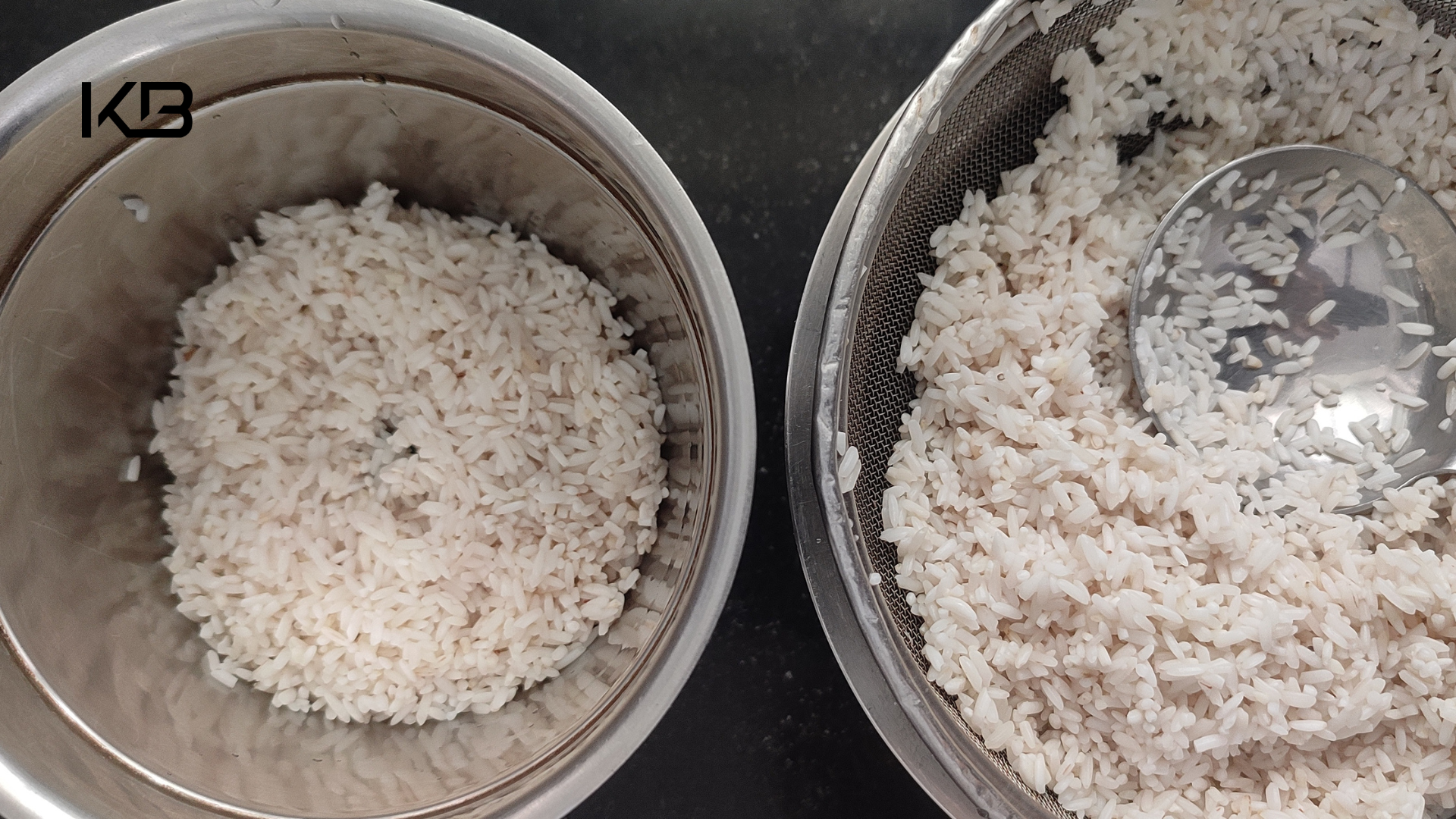
Drain all of the water from the soaked rice. In a mixer, grind the rice very finely

Once all the rice has been ground, combine the remaining 6.5 cups of water.
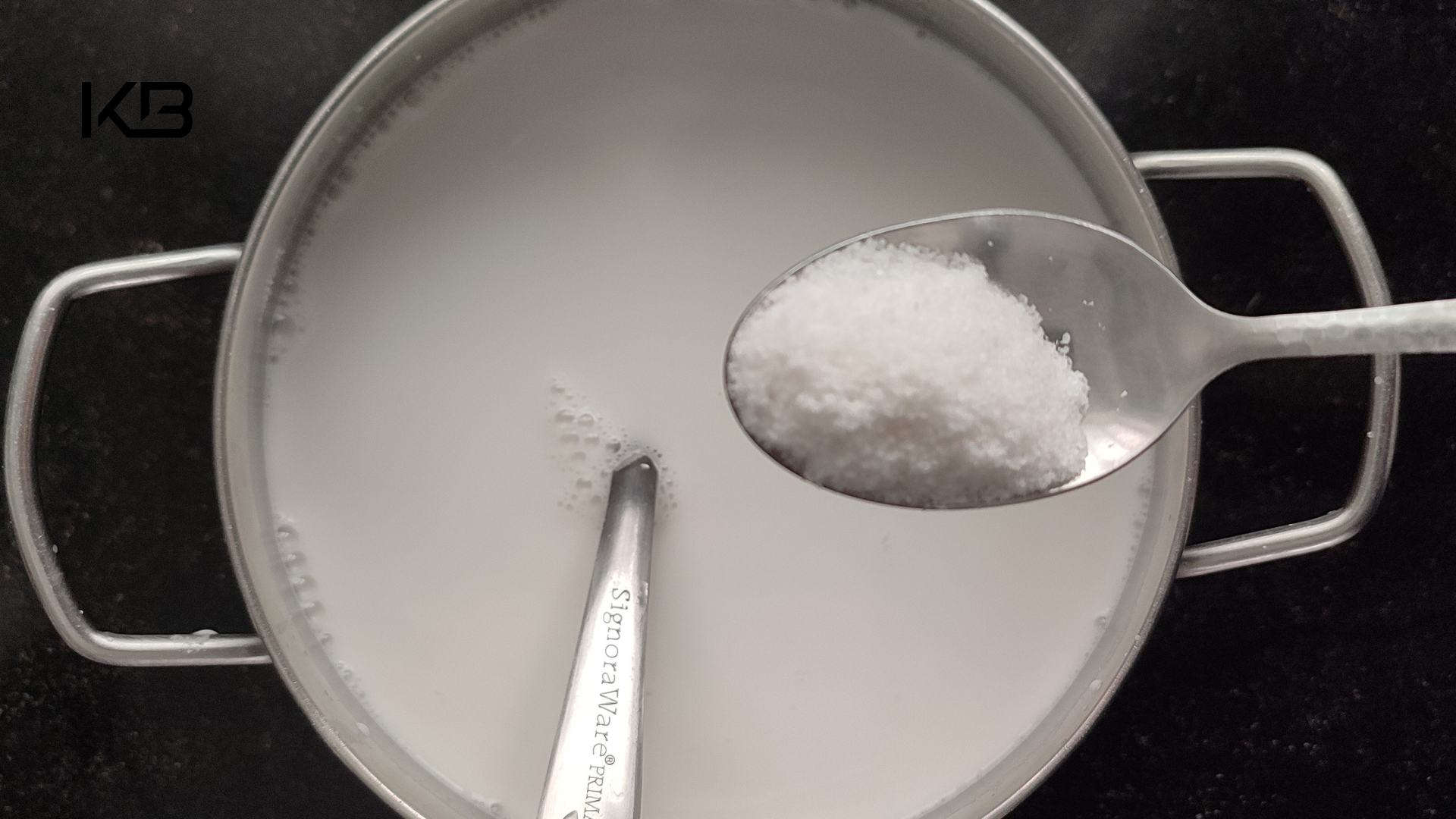
Add salt to your taste.
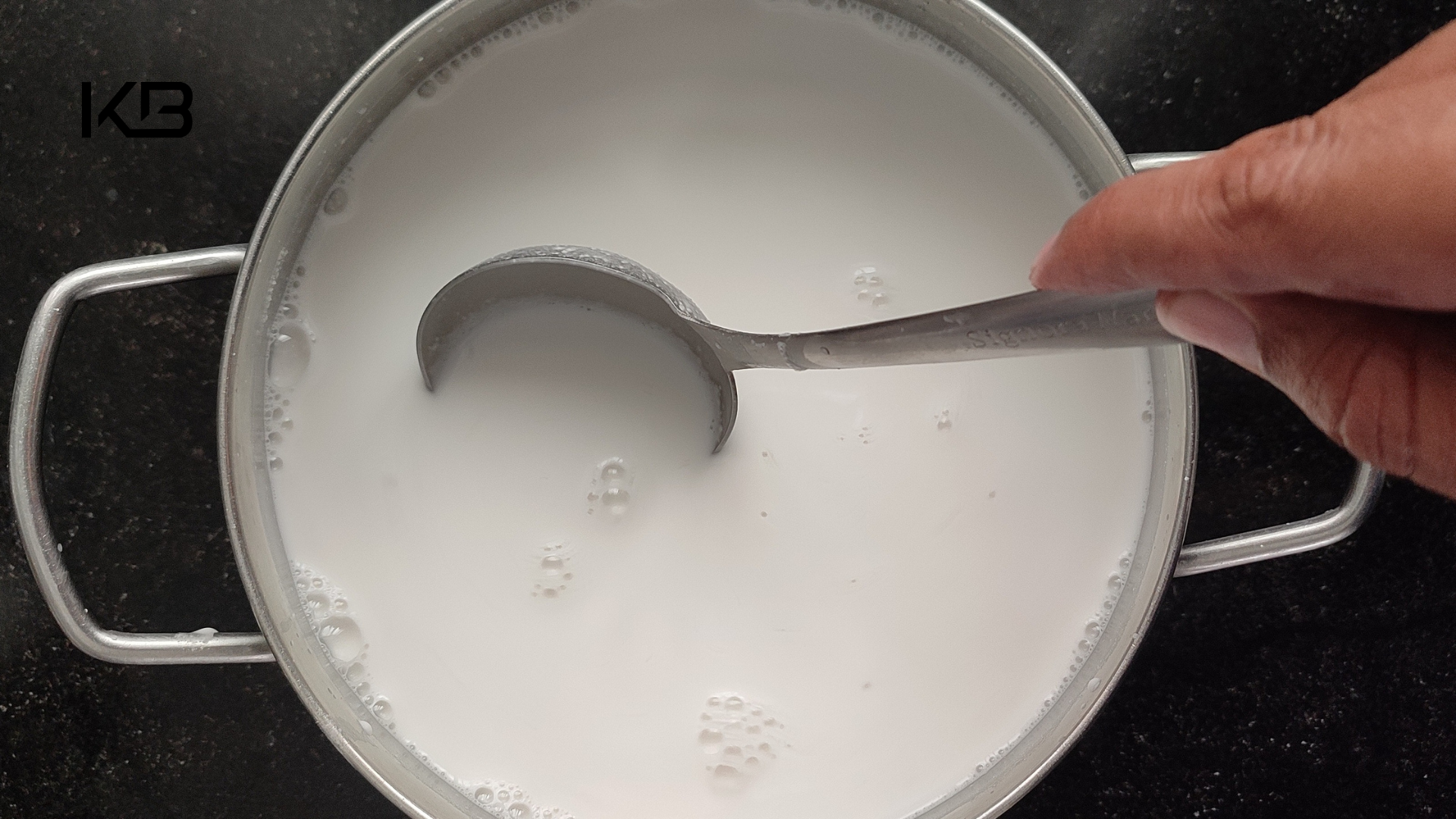
Stir well for few minutes

Heat the Bidacha Tawa (a cast iron pan) over medium heat and grease it with oil.

Once the oil has heated, pour the batter onto the pan

Cover the cast iron pan for two minutes let the Ghavan steam cook.

After removing the lid, see if the Ghavan's edges have come off

With the help of Spatula, free all the sides of Ghavan
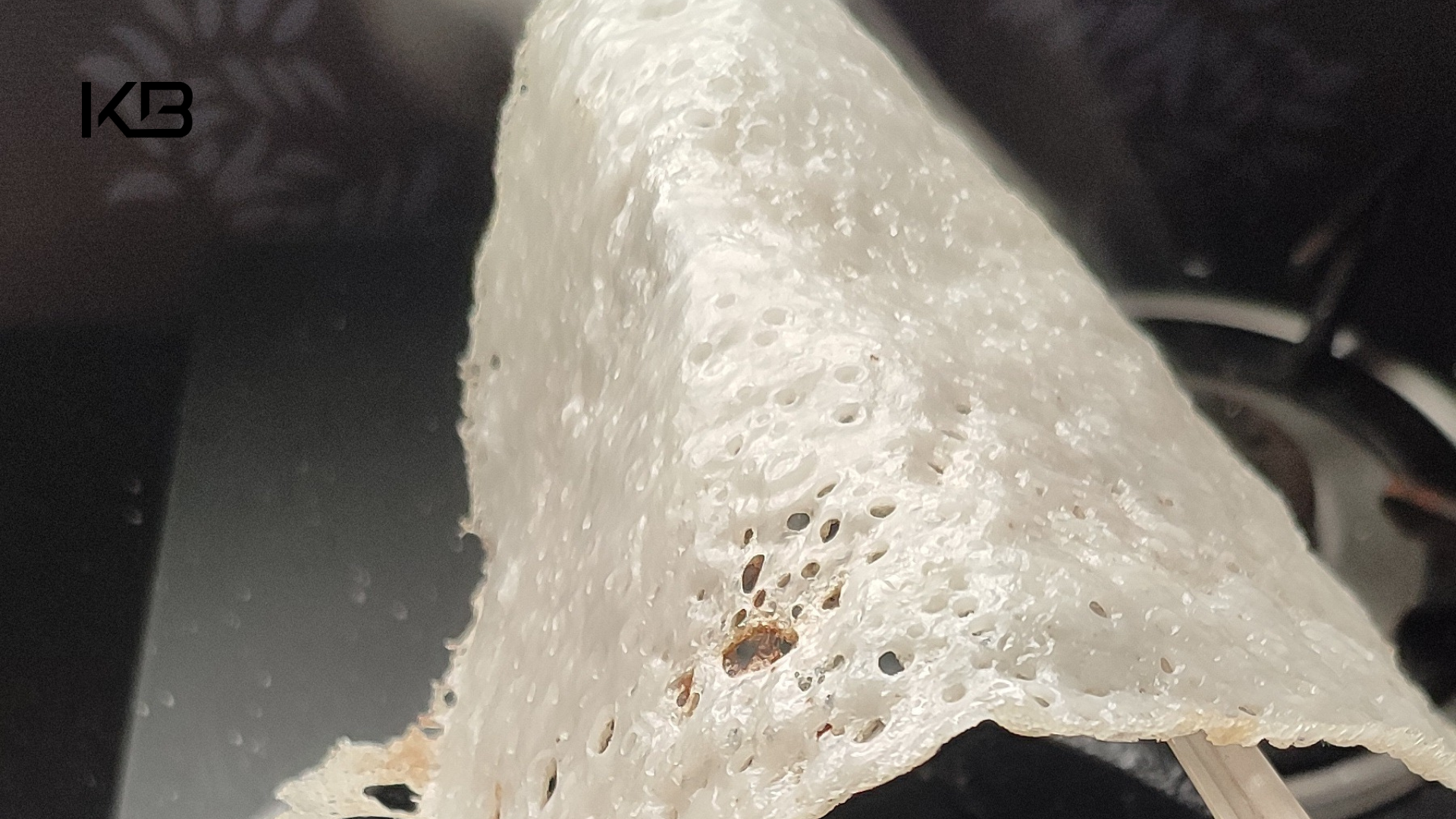
Take out the Ghavan out of Pan and place it on a sieve to let the steam out.
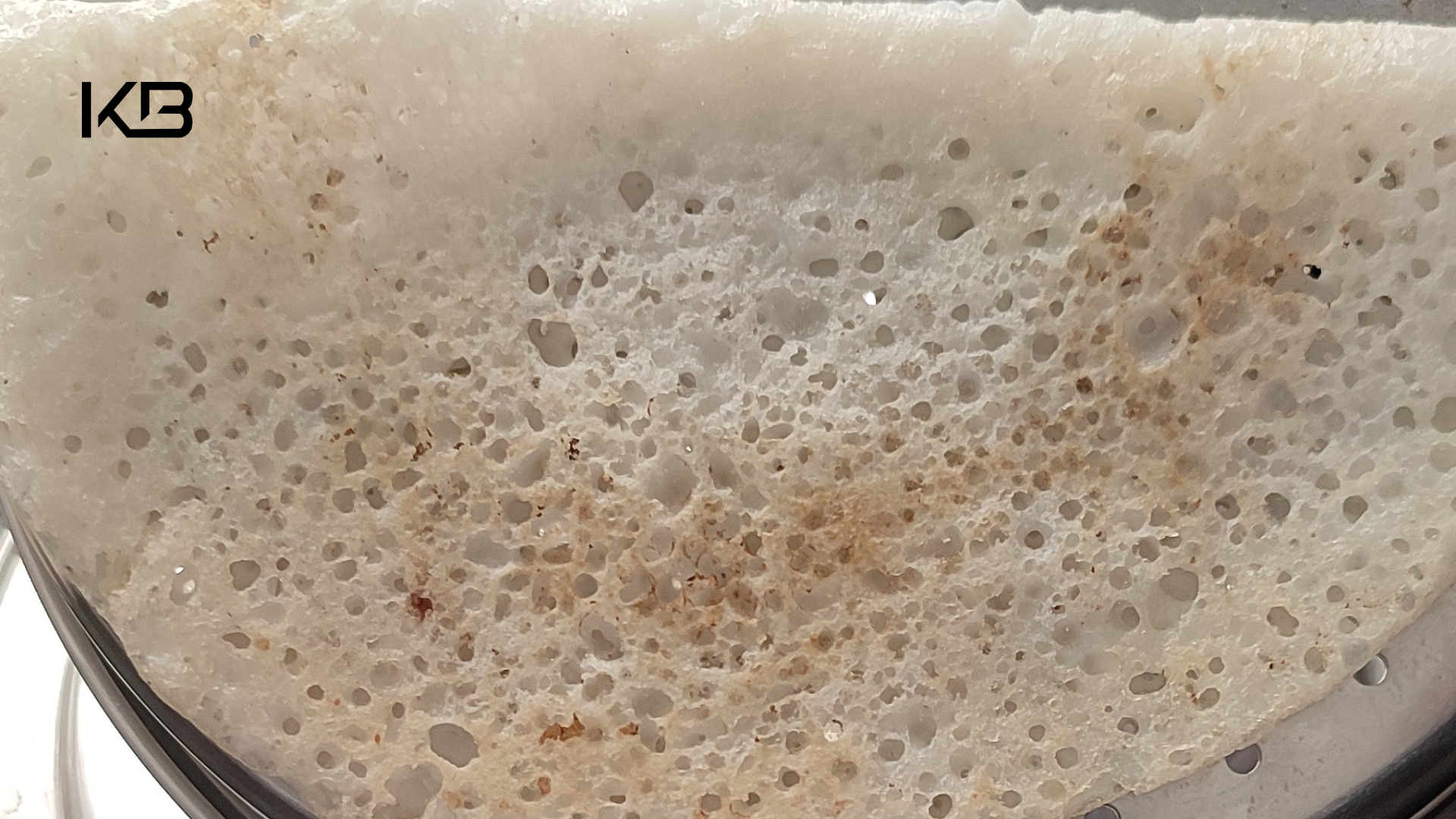
Fold the Ghavan

Transfer to a plate after 2 minutes.
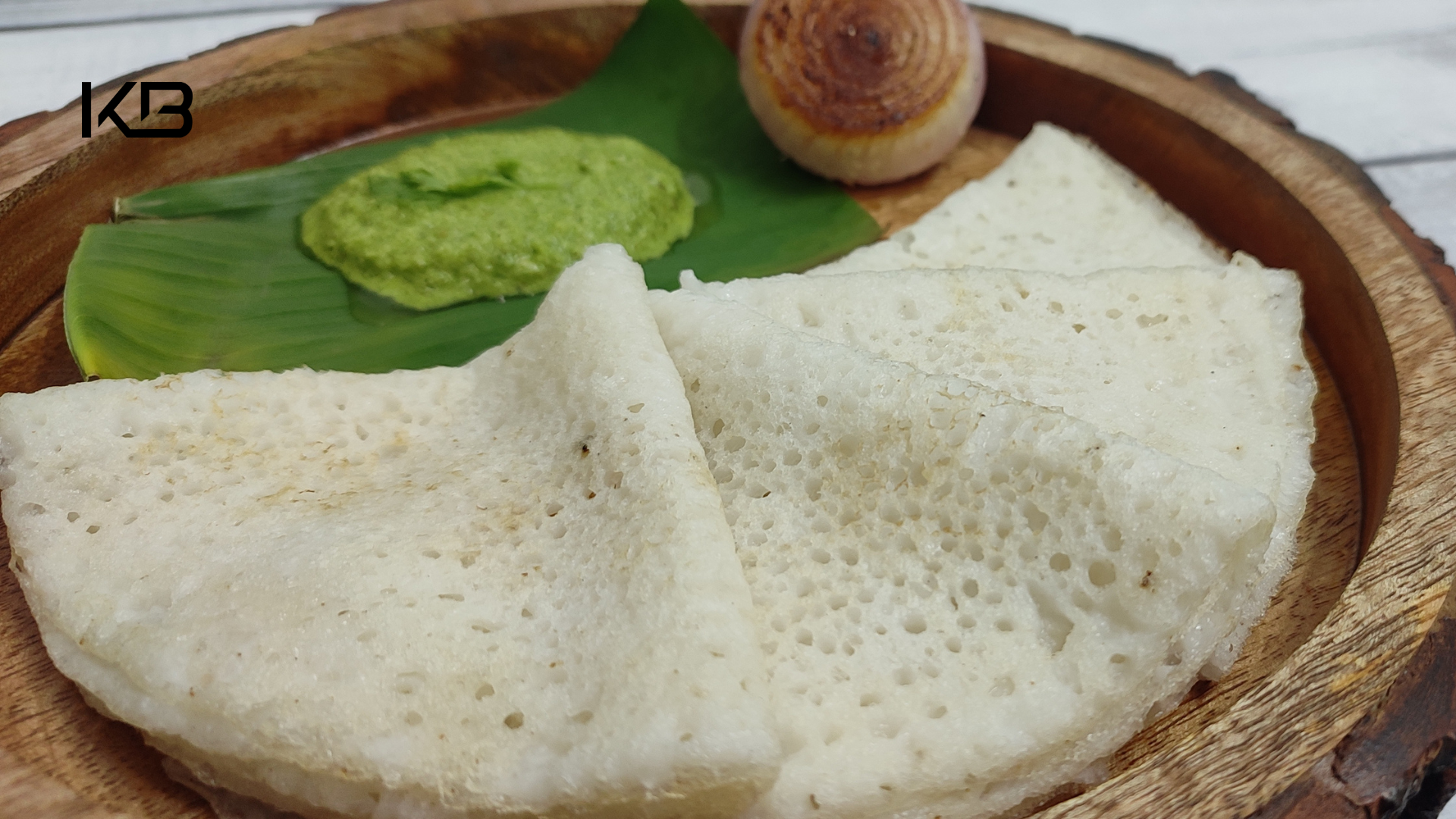
Serve Ghavan with Chay, Coconut Chutney, Sweet Coconut Milk, Usal, Malvani Chicken, or Mutton Sukha.